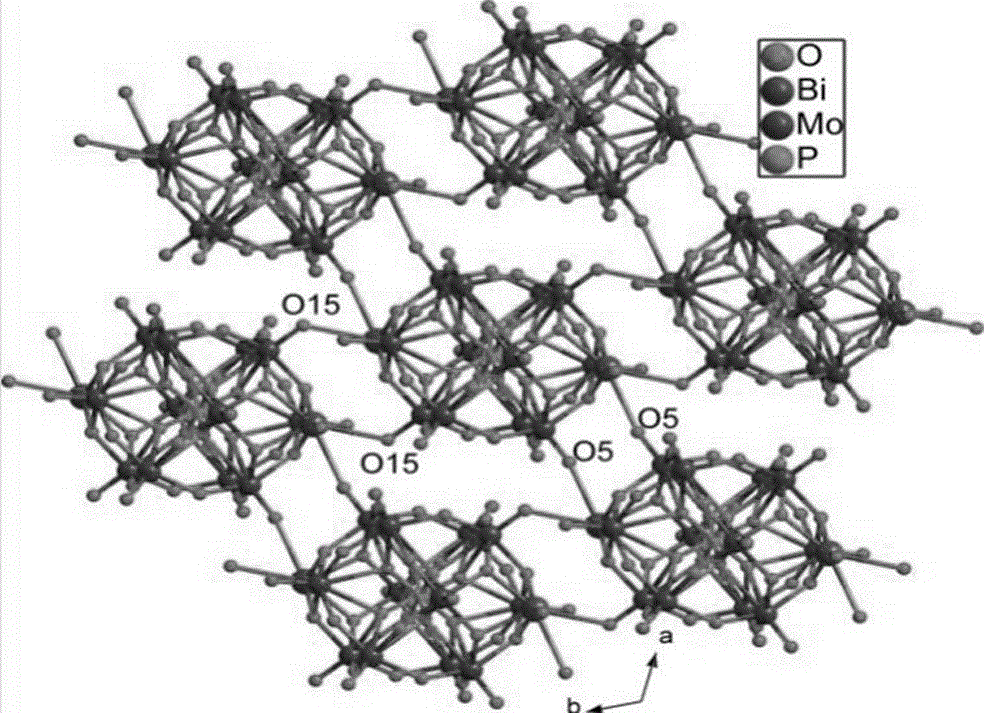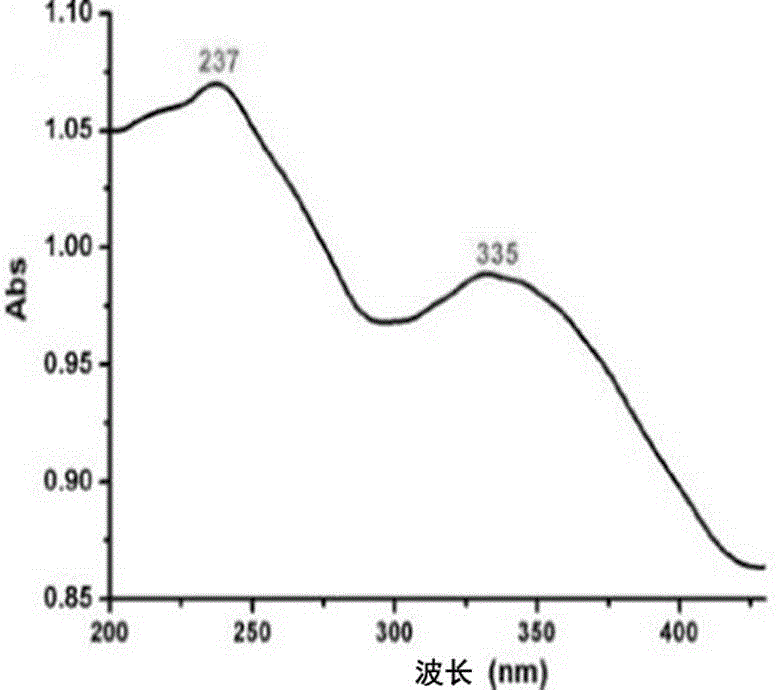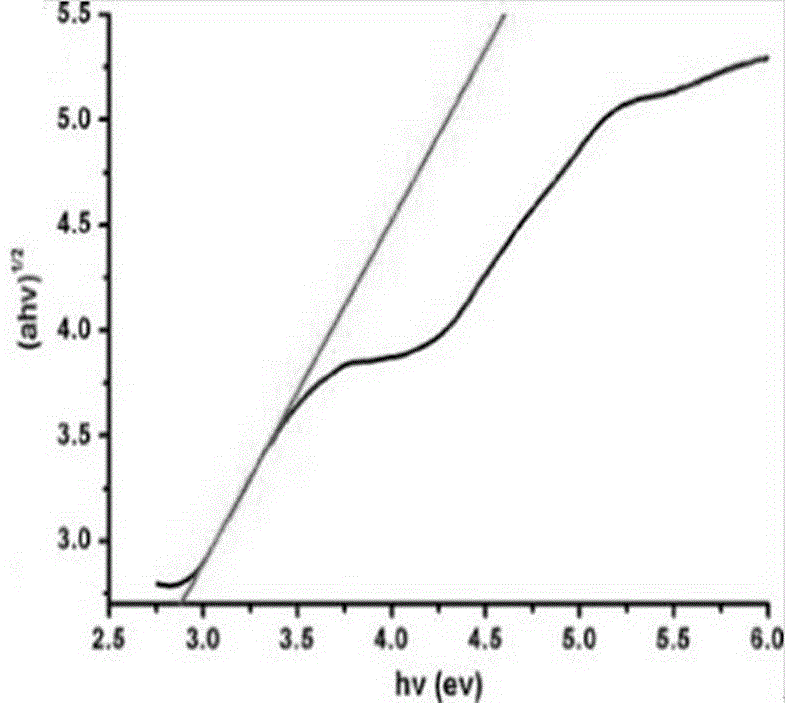Bi (III)-metal-oxygen cluster inorganic framework as well as preparation method and application thereof
An inorganic framework and oxygen cluster technology, applied in chemical instruments and methods, organic compound/hydride/coordination complex catalysts, special compound water treatment, etc., can solve the problem of easy loss of active components, high recyclability, Low recycling rate and other issues, to achieve the effect of high recycling rate, rich bismuth resources, and improved catalytic activity
- Summary
- Abstract
- Description
- Claims
- Application Information
AI Technical Summary
Problems solved by technology
Method used
Image
Examples
Embodiment 1
[0044] Embodiment 1, Bi(Ⅲ)-metal oxide cluster (PM 12 o 40 ) Preparation of inorganic skeleton:
[0045] Accurately weigh 0.0243g (0.05mmol) of Bi(NO 3 ) 3 ·5H 2 O, 0.07301 g (0.04 mmol) of H 3 PMo 12 o 40 , mix and dissolve in 10ml of absolute ethanol solvent, add 3ml of HNO with a concentration of 1.0mol / L 3 The solution was magnetically stirred at room temperature for 15 min. The mixture was transferred to a 20ml reaction kettle, reacted at 150°C for 3 days, and finally cooled to room temperature at 5°C / hour, washed with distilled water and absolute ethanol, filtered, and dried to obtain black rod-shaped or small particle crystals.
Embodiment 2
[0046] Embodiment 2, Bi(Ⅲ)-metal oxide cluster (PM 12 o 40 ) Inorganic framework crystallographic structure parameters
[0047] The crystal structure of the Bi(Ⅲ)-metal oxide cluster (PM12O40) inorganic framework obtained in Example 1 was determined as follows: a single crystal with a suitable size was selected under a microscope for X-ray single crystal structure analysis. The X-ray diffraction data of crystals were collected by German Bruker Smart-Apex CCD surface detection X-ray single crystal diffractometer, using Mo-Kα target, measured at room temperature. Data reduction and structural elucidation were performed using the SHELXTL-97 program. The main crystallographic data of the inorganic framework are listed in Table 1.
[0048] Table 1. Crystallographic structural parameters of the inorganic framework
[0049]
Embodiment 3
[0050] Embodiment 3, experimental operation of photocatalytic degradation of nitrogen-containing organic dyes:
[0051] (1) First prepare the concentration of 2×10 -5 mol / L methyl orange MO (6.5466mg), methylene blue MB (7.4780mg), rhodamine B (RhB (9.5802mg) and other nitrogen-containing organic dye solutions for use.
[0052] (2) Add the Bi(Ⅲ)-metal oxide cluster (PM 12 o 40 ) Degradation experiment after the inorganic skeleton: Pipette 100ml of the above-mentioned prepared organic dye solution in a large beaker respectively, and add 1.0mol / L of HNO 3 Adjust the pH of the solution to 2.5, add a weighed 20 mg sample, and stir magnetically for 30 minutes in a dark environment to ensure the adsorption balance between the organic dye and the sample. Then put it under a 30W ultraviolet lamp for a certain period of time, and keep stirring, take 3ml of the solution every 10min for ultraviolet-visible photometric analysis, so as to determine its degradation rate.
[0053] (3) Bl...
PUM
 Login to View More
Login to View More Abstract
Description
Claims
Application Information
 Login to View More
Login to View More - R&D
- Intellectual Property
- Life Sciences
- Materials
- Tech Scout
- Unparalleled Data Quality
- Higher Quality Content
- 60% Fewer Hallucinations
Browse by: Latest US Patents, China's latest patents, Technical Efficacy Thesaurus, Application Domain, Technology Topic, Popular Technical Reports.
© 2025 PatSnap. All rights reserved.Legal|Privacy policy|Modern Slavery Act Transparency Statement|Sitemap|About US| Contact US: help@patsnap.com



